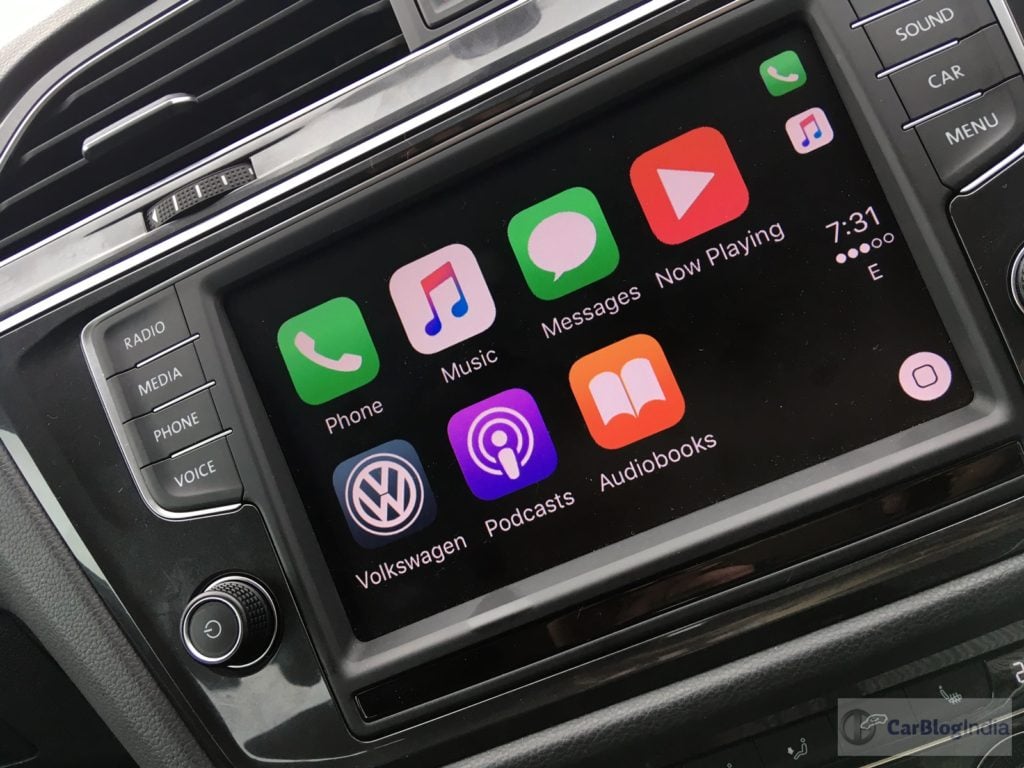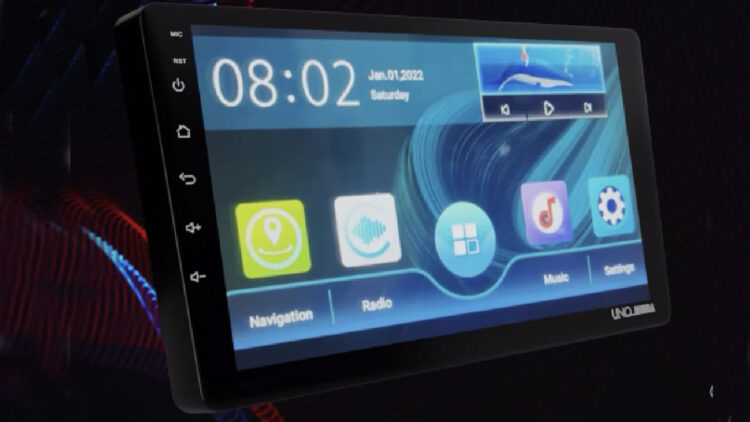In today’s automotive landscape, nearly every vehicle comes with a standard factory-installed stereo system. But for those seeking more advanced features and a superior car interface, upgrading the existing infotainment system is a compelling option. Nevertheless, the abundance of aftermarket choices can make this decision challenging if you’re unsure about the ideal upgrade. To assist you in selecting the perfect system to meet your car’s needs, Karna Markan, Sales & Distribution Head, Accessories, Aftermarket Division, Uno Minda shares some valuable tips to consider.
You may also like: Which is Best Audio System for Car in India 2023?
1. User-friendly interface and safety features
Before buying an infotainment system, it’s crucial to ensure that the system’s controls are user-friendly and easy to navigate. Safety on the road should always be your top priority, and complex menus and controls can be distracting while driving. Therefore, it’s essential to personally evaluate the user interface to ensure seamless transitions between applications. You wouldn’t want to pull over frequently to configure an application. Furthermore, consider infotainment systems that include features like rear-view cameras, collision detection, and emergency assistance, as they can significantly enhance overall driver safety. So, pay attention to these additional functionalities during your selection process.
2. GPS Navigation & Parking assistance system
Modern GPS navigation capabilities within an infotainment system prove invaluable for precise real-time tracking, step-by-step navigation instructions, and details about points of interest. These functionalities empower drivers to efficiently reach their destinations or make impromptu stops as desired. Moreover, parking assistance systems offer significant aid by facilitating safe parking while drivers monitor their infotainment screens. The inclusion of a built-in 360-degree camera, voice recognition, and hands-free calling features further bolsters the safety aspects of your driving experience.
3. Choose the right size of screens as per your car
When considering infotainment upgradets, the choice of a larger screen for your car can elevate the aesthetics and user experience. However, it’s crucial to recognize that bigger isn’t necessarily better. To ensure your focus remains on safe driving, select a screen size that allows for comfortable navigation. A well-fitted screen boasting a high-resolution display, preferably FHD IPS, strikes the perfect balance between compatibility and
You may also like: What is Demo Car? Pros & Cons of Buying Test Drive Cars in India
4. Compatibility with audio formats
Audio files vary in format and quality, so it’s essential to select an infotainment system that accommodates a wide range of playback formats, not just a few. While most digital devices can handle MP3, MP4, and AAC files, which offer standard quality, some formats like WAV, AIFF, and FLAC provide superior high-resolution sound. Not all car stereo systems support these formats, so opt for an infotainment system that covers all playback formats. Furthermore, ensure your upgrade offers seamless Bluetooth connectivity for direct phone-based music streaming. Look for additional features like radio, USB, AUX, and SD card readers to enhance your audio experience.
5. App and Smartphone Integration

Ensuring a smooth link between your infotainment system and your smartphone is crucial for a pleasant and user-friendly driving experience. Seek out an infotainment system that is compatible with well-known smartphone integration platforms such as Apple CarPlay and Android Auto. These platforms replicate your smartphone’s interface on the car’s infotainment display, enabling you to utilize navigation, music, messaging, and various apps seamlessly through the infotainment system.
You may also like: Should You Buy Used Luxury Car in India? Pros and Cons
6. Internal amplifiers for superior audio quality
The internal amplifier of an infotainment system plays a crucial role in audio quality. When selecting a system, it’s important to consider both RMS and peak power ratings. Peak power represents the maximum capacity of the amplifier to deliver power. On the other hand, RMS, which relates to constant power output under typical conditions, should be high. A higher RMS rating provides better control over audio quality and ensures distortion-free music playback at regular volume levels.
7. Do not compromise on RAM and processor
If you ask any car infotainment system user, they’ll understand the frustration of slow access. Unlike smartphones, cars have a unique setup where drivers need to balance using features while staying focused on the road. If the system response isn’t swift, it compromises road safety, defeating the purpose of having an infotainment system. Therefore, it’s essential to ensure the system has sufficient RAM for multitasking and a robust processor for seamless data processing.
Pro tip: Having ample RAM and an advanced processor makes your system future-ready for updates.
The demand for passenger entertainment and seamless navigation has driven the expansion of in-vehicle infotainment systems over the years, with wireless connectivity playing a crucial role. The aftermarket offers numerous choices, and there’s likely a perfect fit for your needs. However, thorough research and consideration of the above tips are essential to discover a system that aligns with your driving preferences and prioritizes safety.
You may also like: How to Keep Rats and Rodents Away from Car in Just Rs 10?



